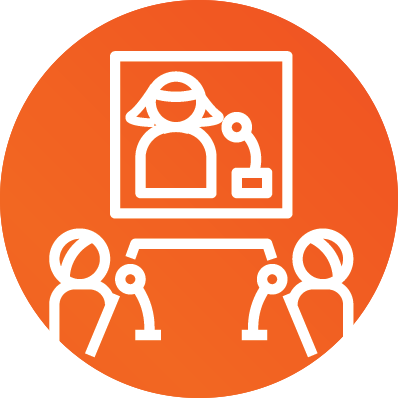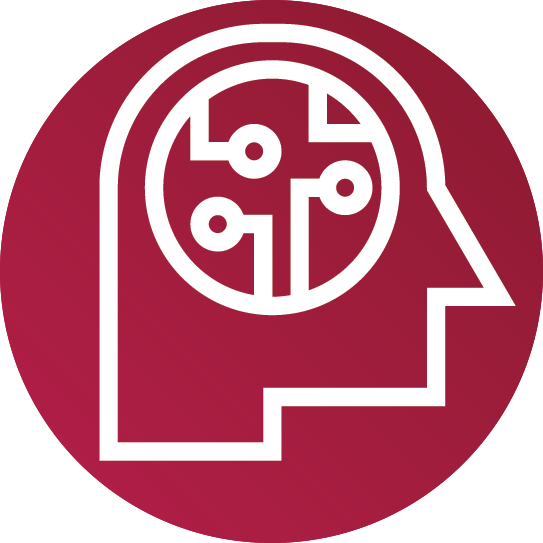Are you okay?
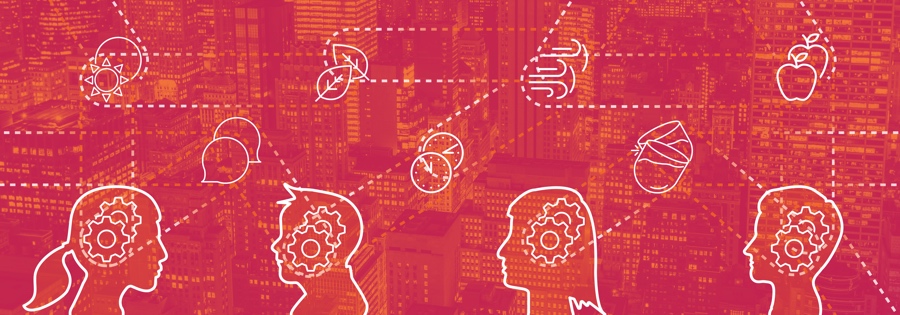
Mental Health is the Next Workplace Metric
Finding it a little difficult to concentrate these days? You’re not alone. The last few months have been rough for just about everyone. With the continual challenges posed by COVID-19, stress is running high—and stress has consequences. In this month’s “On Our Minds…” we take a closer look at the role of workplace in mental health.
On our minds
Take a quick look around these days, and you might have a renewed appreciation for the old curse: "May you live in interesting times." Surveys suggest that the U.S. is not a very happy place right now—Americans are experiencing significantly higher levels of stress—and it’s not hard to see why. Many people have lost their jobs. Many of those who are still employed have had to make significant adjustments and may be simultaneously caring for children, parents, or other members of their community. People have missed landmark events like weddings, graduations and attending the births of children.
In the face of these human impacts, it might feel like the wrong time to think about workplace, but it is essential. It is impossible to ignore the role of work—and the buildings and systems that support it—in our society and in our collective wellness. (Not to mention, the unique charcteristics of COVID-19, from its airborne nature, to its persistence on surfaces, which make this a unique time for insisting on architecture being matter of public health.) Buildings, and the work we do in them, shape our behavior every day. For good or for ill, the decisions of designers, owners and operators of workplaces have a direct impact on peoples’ wellbeing.
The powerful psychological effects of environments are well known to professionals in medicine and social science. As far back as the 1950’s, researchers were already discussing the mental health impacts of design in settings such as hospitals and psychiatric facilities. They knew that patients who received treatment in facilities that looked dingy or unappealing tended to do worse. They saw that the design of spaces and policies could shape the interactions between patients and impact real treatment outcomes.
To date, this knowledge has been underappreciated in workplace—much like mental health in general. Business and design decisions often have a psychological cost. Take telework as an example. Just because home offices were the norm for centuries doesn’t mean that people are inherently good at using them. Working outside the office is a skill that needs to be practiced. Ready or not, many people are now doing it without training or adequate support.
Unfortunately, buildings and organizations tend to change pretty slowly, and sometimes the people in charge fall short in their duty to nurture and protect. Given that COVID-19 is likely to be with us for a while, what’s a person to do? For starters, we can make ourselves a higher priority. Self-care got a bit of a bad rep when it became #selfcare, associated in recent years with status-driven conspicuous consumption on social media and accompanied by plenty of tsk-tsking from mainstream observers.
We mean the other, original kind of self-care—the kind that was originally intended as cultivation of a whole and healthy self, and was adopted by activists as a bulwark against the inherent frustrations of their work. It’s the self-care that recognizes that sometimes the most powerful thing a person can do in bad circumstances is endure and persist without losing humanity and a capacity for joy.
The good news is that many people have weathered this difficult time better than was expected. Though mental health professionals feared that social distancing would lead to a wave of loneliness, that hasn’t shown up in the data—at least not yet. Whether they’re calling people more, joining video chat happy hours, playing music across neighborhoods, or partaking of some online quarantine art, people are still finding ways to connect. And there is reason to be optimistic about the future of collaborative office work.
Even so, let this moment be a wake-up call. Companies can and should do more to support the mental and social wellbeing of their people as individuals and as a group. This includes ensuring that systems and policies are not only equal, but equitable. Failing to articulate and action a pro-equity policy is inherently biased to the status quo.
For an example of the distinction, look again to telework policy. When companies do not articulate a clear policy about who can work out of the office, they often leave it up to the discretion of managers. Managerial autonomy is supposed to be a good thing, and often is. But what often happens is that the people with social status or power in an organization take advantage of these programs while those with less power do not. Recognizing the benefits of flexible work on work-life balance, this lack of policy becomes a bias with mental health implications.
Now is a time of unprecedented conversation and increased awareness of the impact of buildings on our wellbeing, both physical and emotional. As the conversation grows, so to do the resources to support exploring these themes. For a starting point on workplace metrics, check out the MIND section of the WELL building standard. Still stuck at home, try our article on 10 Ways to Stay Happy and Healthy when working from anywhere.
One of the key factors of wellbeing, and the extent to which our environments impact wellbeing, is that of how differently each of experience the world around us. This topic of cognitive or neuro-diversity has been gaining traction in recent years. Our own take on it focuses on the multisensory aspects of design and how we can be more human-centric, by starting with a focus on our senses. Stressed with work at home, don't underestimate aromatherapy!
Because of their outside role in shaping the systems that define our lives, designers can make a significant contribution toward making environments more just, equitable and supportive of all occupants. Some have accepted this challenge, but more should. It is possible for environments to be functional and high-performing without sacrificing mental health or leaving the vulnerable to fend for themselves. Indeed, it is imperative.
From the archives
When finding your way through challenging times, it helps to have a sense of your strengths. In summer 2018, we shared how learning more about yourself and your colleagues through tools like the Clifton StrengthsFinder can foster a supportive and engaging workplace.
Understanding design impacts people is the province of the field of People Analytics which we wrote about back in 2016. It puts human behavior, needs and performance front and center in the conversation about the workplace.
As we contemplate an office that looks and works differently, we think back to 2017, when we shared our collaboration with West Elm in Unoffice the Office. We highlighted some of the company’s thinking on redesigning office furniture to be more flexible and comfortable. More recently, we wrote about how similar trends are driving a renewed focus on outdoor design.
That’s all for this month. Hang in there! We’d love to hear from you. How are you navigating these challenging times? Drop us a note to share your self care strategies.
In Case You Missed It
The last few weeks have been chock full of virtual events, webinars, and other opportunities to share and learn. Here are a few of our picks.
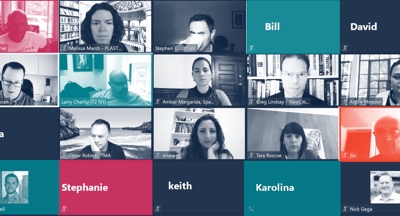
The Data-Driven Case for Working Face-to-Face
CoreNet hosted, and Greg Lindsay moderated, this panel about the way forward for offices (video).

Density CEO Interview Series
PLASTARC spoke to Density.io leader Andrew Farah about the need for a UX focus for return to office.
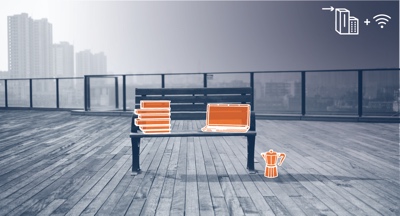
Turning the Office Inside Out
We wrote about the benefits of officing from the great outdoors, an idea whose time has certainly arrived.
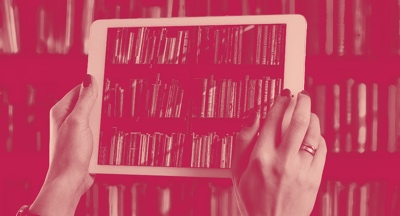
Remote Research Methods
The AIA Social Science and Architecture Committee hosted this exploration of architecture research techniques.

A Toilet for the Moon
In restroom innovation news, NASA is soliciting design ideas for the toilet on its next lunar lander.
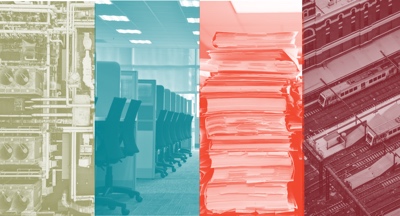
The Future of Workplace Post-COVID
We appeared on this panel hosted by Lehigh University to discuss how workplaces can respond.
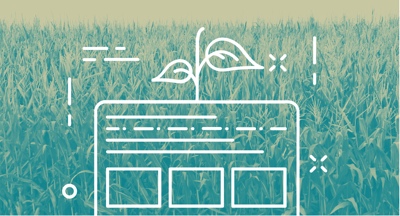
Startups Help Farmers with Supply Chain Woes
Tech companies are collaborating with small farmers to deal with the disruptions caused by COVID-19.
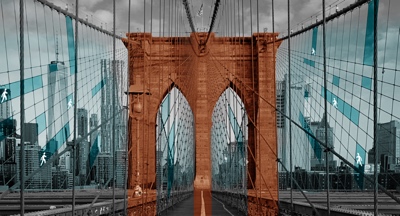
Brooklyn Bridge Redesign Showdown
Finalists presented their visions for a reimagined Brooklyn Bridge. Vote for your favorite!
Looking Ahead
One of the best ways to break out of a rut is to connect with others and learn something new. Here are a few upcoming opportunities to do exactly that!


